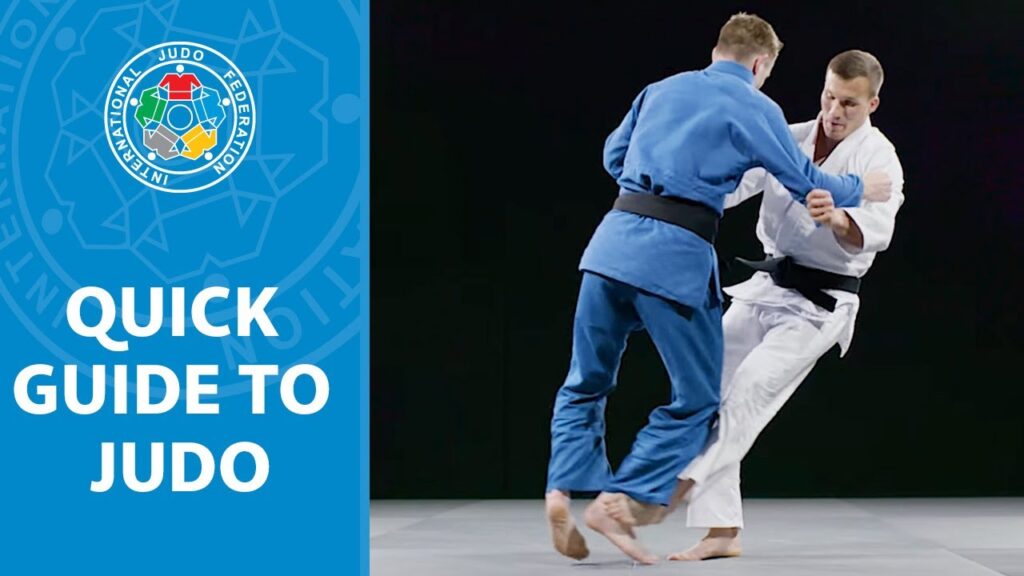Judo is a modern Japanese martial art based on the principles of maximum efficiency and minimum effort, promoting leverage and timing rather than brute strength. Grip fighting, breaking an opponent’s balance, and seizing opportunities to score points are critical strategies in Judo. Osoto Gari, Ippon Seoi Nage, Kesa Gatame, Tai Sabaki, and Ukemi are techniques used in Judo to manage an opponent, score points, and remain calm under pressure. Whether a beginner or professional, mastering these strategies and techniques can help become a successful Judoka.
A Quick Guide to Judo: Strategies and Techniques
Judo is a modern martial art that originated in Japan in the late 19th century. The sport is based on the principles of maximum efficiency and minimum effort, and it emphasizes the use of leverage and timing over brute strength. In this quick guide, we’ll explore some of the essential strategies and techniques used in Judo.
Strategy 1: Use Grip Fighting to Control Your Opponent
Grip fighting is one of the most important aspects of Judo. It involves controlling your opponent’s arms and hands to limit their offensive capabilities and set up your own attacks. The most common grip used in Judo is the collar grip, where you hold onto your opponent’s jacket at the collar. You can also use a sleeve grip, where you grab your opponent’s sleeve. Different grips can be used to control your opponent’s balance and set up throws.
Technique 1: Kuzushi – Breaking Your Opponent’s Balance
Kuzushi is a critical technique in Judo that involves breaking your opponent’s balance by disrupting their center of gravity. This often involves pulling or pushing your opponent off-balance to create an opening for a throw or takedown. Kuzushi can be achieved using grip fighting or footwork.
Technique 2: Osoto Gari – The Big Outer Reap
Osoto Gari is a powerful throwing technique commonly used in Judo. It involves stepping behind your opponent and sweeping their leg out from under them while pulling them off-balance. Osoto Gari requires good timing and coordination, but it can be very effective against opponents who are taller or heavier than you.
Strategy 2: Seize Opportunities to Score Points
In Judo, competitors can score points by throwing their opponents to the ground or pinning them on their back. The goal is to accumulate as many points as possible within the given time limit. To do this, you need to be constantly looking for opportunities to score.
Technique 3: Ippon Seoi Nage – The One-Arm Shoulder Throw
Ippon Seoi Nage is a classic Judo throw that involves lifting your opponent over your shoulder and throwing them onto their back. It’s a high-risk, high-reward technique that can score you a lot of points if executed correctly. Ippon Seoi Nage requires good timing and a lot of practice to master.
Technique 4: Kesa Gatame – The Scarf Hold
Kesa Gatame is a pinning technique used in Judo. It involves lying on top of your opponent and holding them in place with your arms while keeping their head close to your chest. Kesa Gatame can be used to score points and also to tire out your opponent, making it easier to set up throws later in the match.
Strategy 3: Stay Calm and Focused Under Pressure
Judo can be an intense and physically demanding sport, and it’s essential to stay calm and focused under pressure. This requires mental and physical preparation, as well as good technique and strategy.
Technique 5: Tai Sabaki – Body Movement and Footwork
Tai Sabaki is a technique used in Judo to avoid attacks and set up your own throws. It involves using body movement and footwork to create angles and openings for your attacks. Tai Sabaki requires good balance and coordination, and it’s essential for staying calm and focused under pressure.
Technique 6: Ukemi – Falling Safely
Ukemi is the art of falling safely in Judo. It’s a critical skill that helps you avoid injury and get back up quickly after being thrown. Ukemi involves learning how to roll and land in a way that minimizes impact and distributes force evenly across your body. Good ukemi skills are essential for staying confident and focused under pressure.
In conclusion, Judo is a martial art that emphasizes efficiency, leverage, and timing over brute strength. Experienced Judo practitioners use a variety of strategies and techniques to control their opponents, score points, and stay calm under pressure. Whether you’re a beginner or a seasoned competitor, mastering these strategies and techniques will help you become a successful Judoka.
